Ratchet Handle Design (Standard + Round head)
As the structure of a ratchet is quite complex, let's begin by summarizing the principle of ratchet design.
Ratchet principle:
A ratchet is designed to
move only in one direction (either clockwise or counterclockwise) and the amplitude of its swing is fixed. The gear has a pawl, which is a type of latch consisting of a spring-loaded, tapered lever that is pivoted at one end. The gear’s teeth are asymmetrically
shaped (each coming to a point, with one edge being shorter and steeper than the other), which allows them to move past the pawl only when the gear rotates in the desired direction. When the gear moves in the desired direction, the teeth can move smoothly
past the pawl, making a soft clicking sound. If the gear begins to move in the opposite direction, the pawl engages with the teeth and locks the gear in place to prevent it from moving. This produces torque.
(To know more about torque:Why
Is It Important To Know The Torque of Hand Tools? )
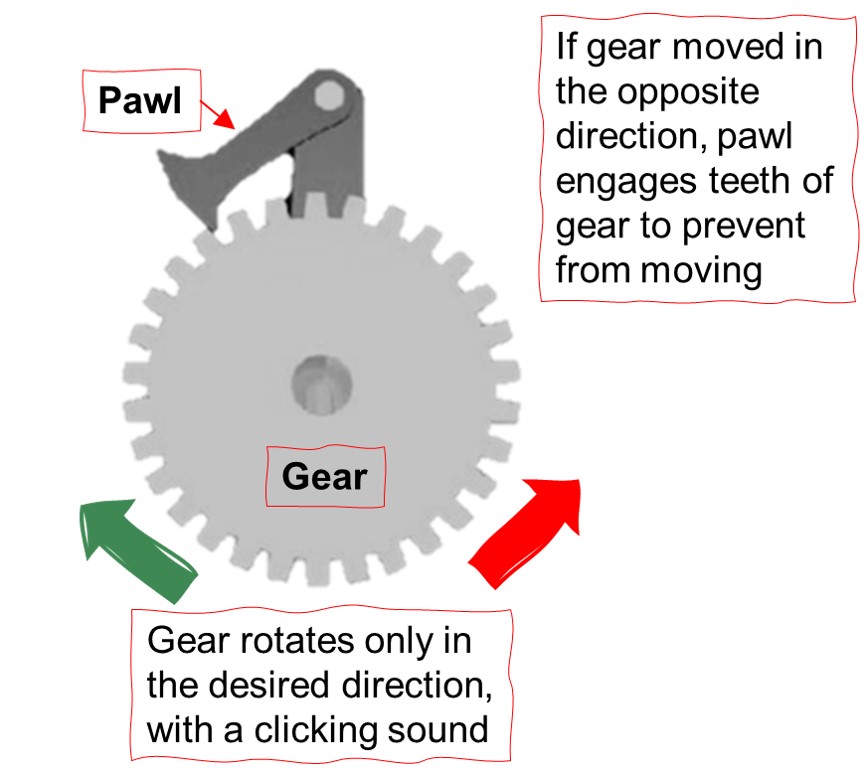
The above diagram illustrates how the ratchet and pawl work cohesively to ensure that the gear moves only
in the prescribed direction. When designing a ratchet, it’s crucial to correctly match the dimensions of the gear and its teeth to the size of the pawl, as well as to use material having the required rigidity, as these elements will influence the torque performance
of the ratchet.
Generally speaking, the two most popular ratchet designs are the round-head ratchet and the standard ratchet
(also commonly referred to as the pear-head ratchet).
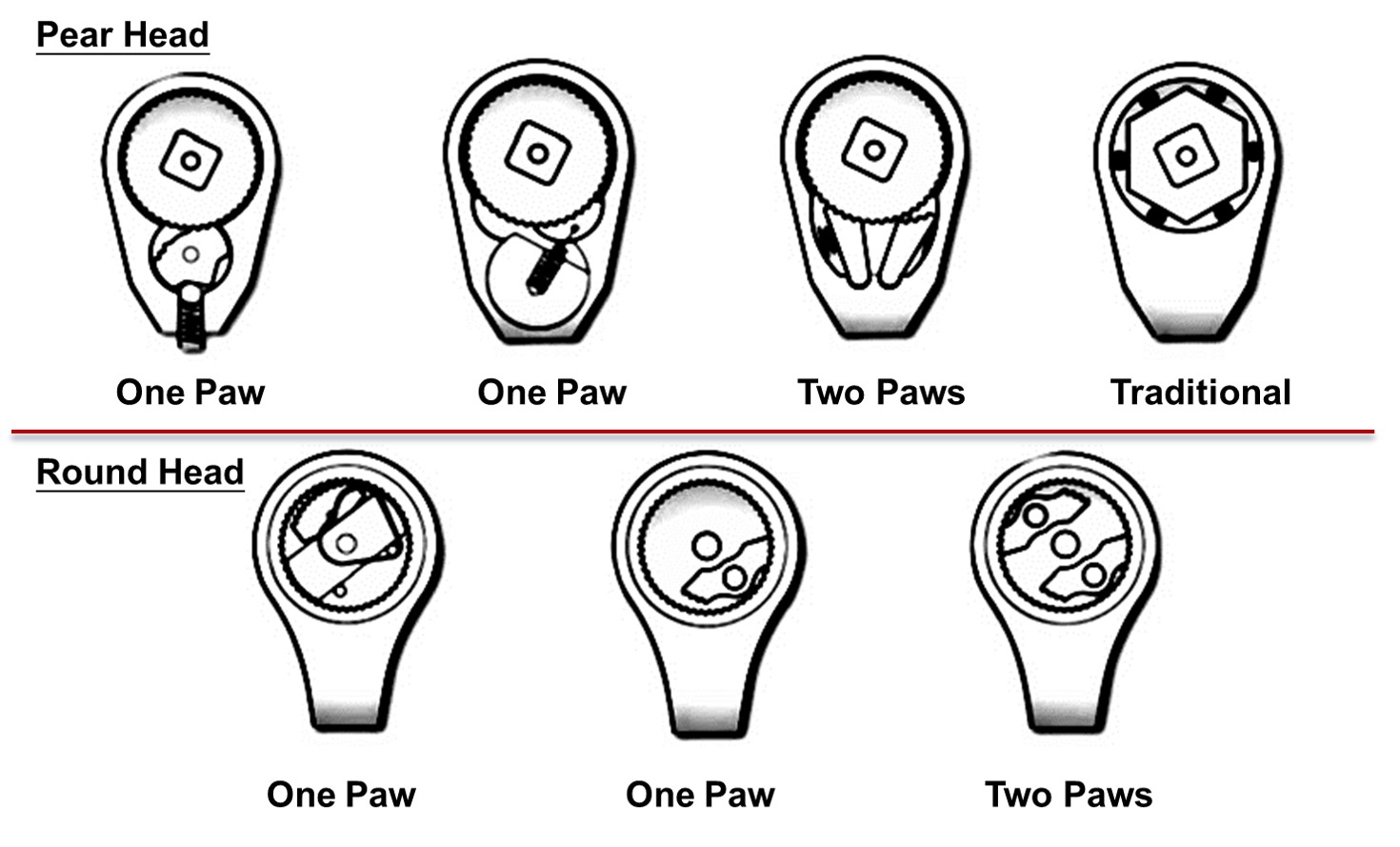
The diagram above illustrates two key points:
1) The two different kinds of ratchets are distinguished not only by head shapes but also by gear placement. The gear of a standard (or pear-head) ratchet is on the driver head; and the gear of a round-head ratchet is on the ratchet body.
2) The positioning of the pawl and the gear and the points of contact between them influence the ratchet’s performance and durability.

(Round hear: Snap-on / Standard head: KTC)
Why does correctly matching the size of the pawl to the gear greatly influence the performance and durability of the ratchet?
Because the ratchet is designed to drive the socket, a certain amount of torque is required. If the pawl and gear are not properly matched, this will cause them to jam. Even worse, the pawl or the gear teeth may break, even while the torque is below DIN/ANSI standard.
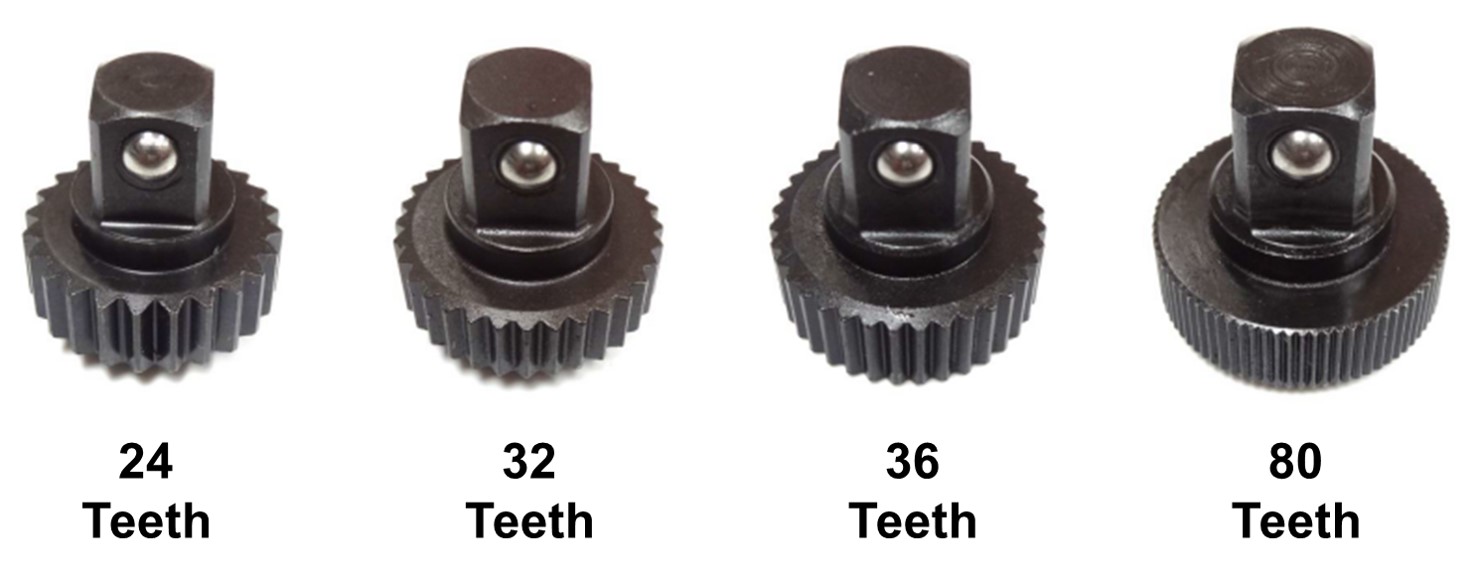
The torque is required in Europe (DIN/ISO) and USA (ANSI). The table below lists Tien-I’s laboratory requirements for every ratchet that we manufacture for our global clients. As you can see, our requirements are 1.3 to 2 times (depending on the gear ratio
and OEM customer's requirement) as high as the ISO/ANSI specifications. We want to ensure the safety of the end user, as well as the durability of the ratchet. Tien-I’s ratchets last for longer than the market standard.
Tien-I Torque Normal Test Requirement
| Dimension | ANSI SPEC. (Nm.) | TIEN-I SPEC. (Nm.) |
| 1/4" DR. | 51 | 66.3 |
| 3/8" DR. | 203 | 263.9 |
| 1/2" DR. | 508 | 660.4 |
Ratchet design may appear to be simple, but the structure is complicated, as the ratchet has to be light and small, and all of the parts within it must be perfectly matched.
Quality materials, CNC, and heat treatment are all necessary to produce reliable and exceptional ratchets.
If you have any queries about Tien-I’s high-quality ratchets, pleasecontact our friendly and knowledgeable team.
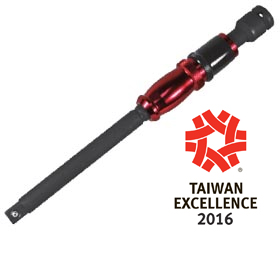
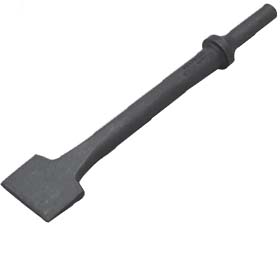
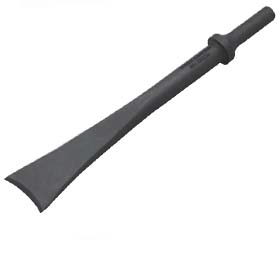
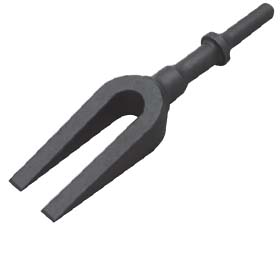
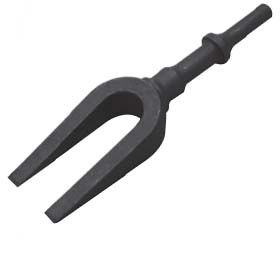
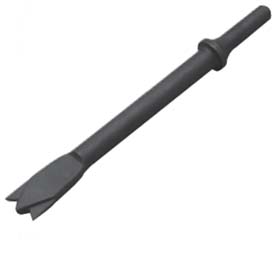
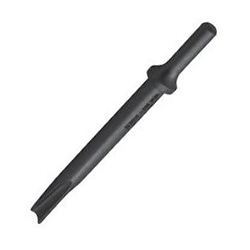
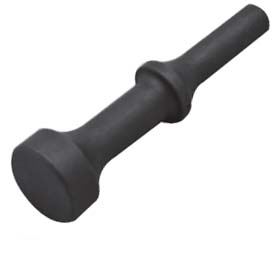
.jpg)
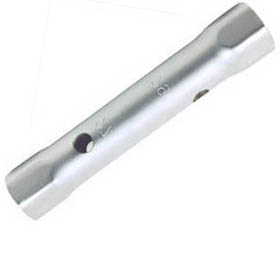
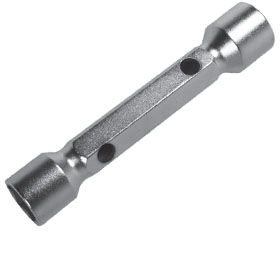
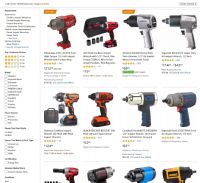
.jpg)
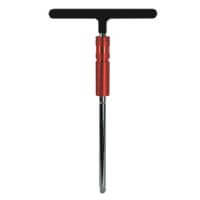
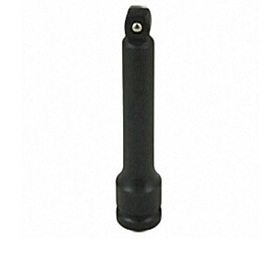
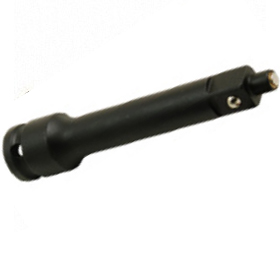
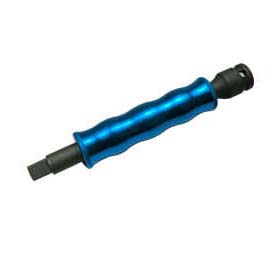

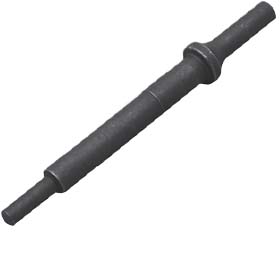
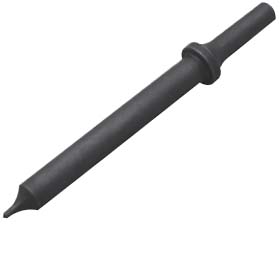
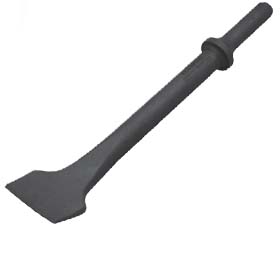
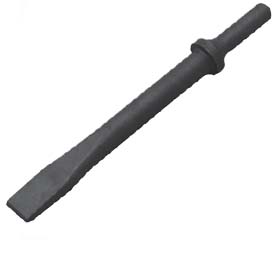
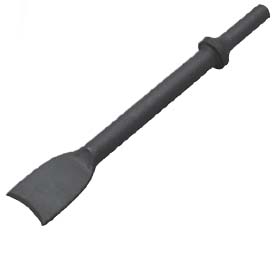

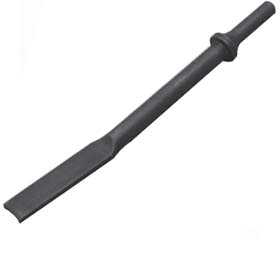
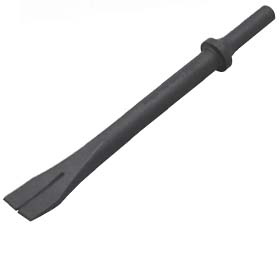
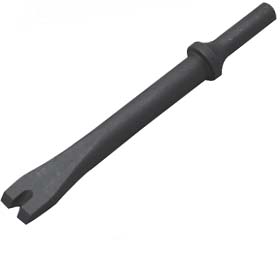
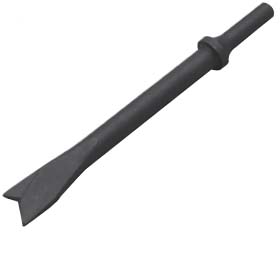
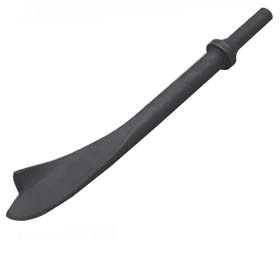
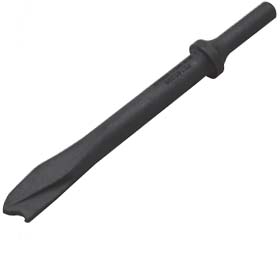
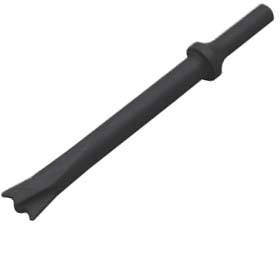
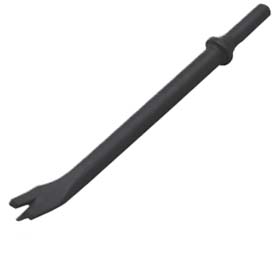
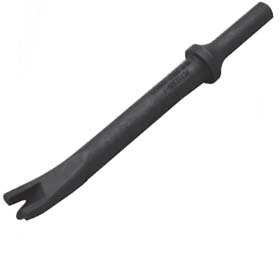
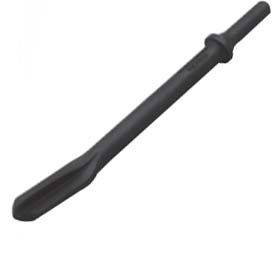
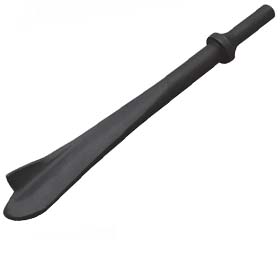
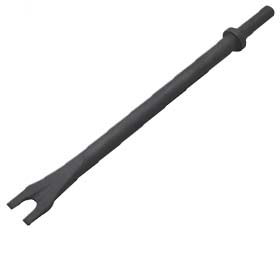
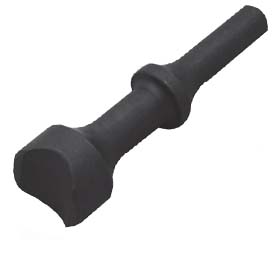
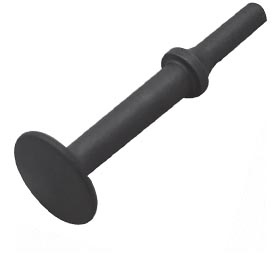
.jpg)
.jpg)
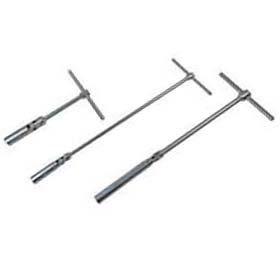
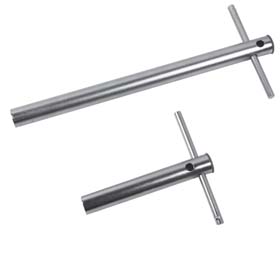
.jpg)
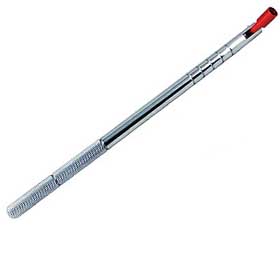
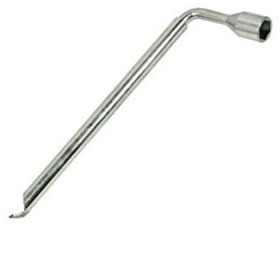
.jpg)
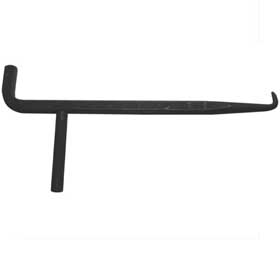
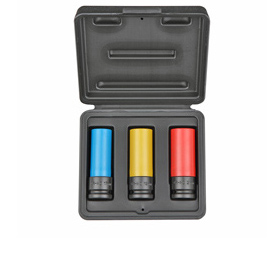
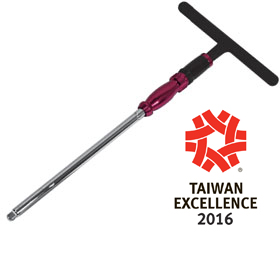
(1).jpg)
.jpg)
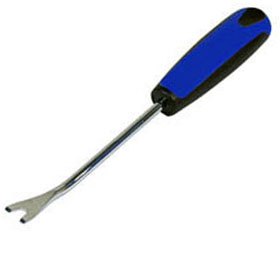
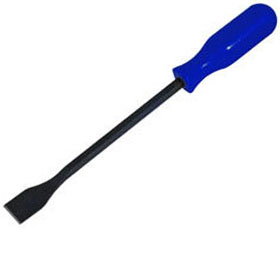
.jpg)

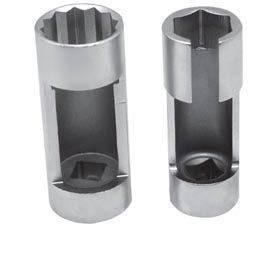
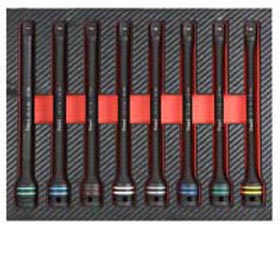
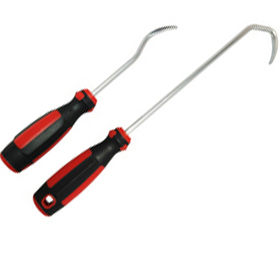
.jpg)
-240px.jpg)
-240px.jpg)

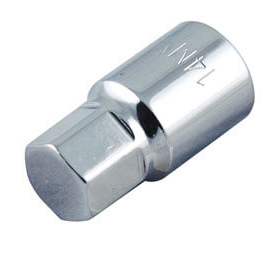
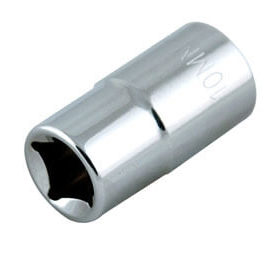
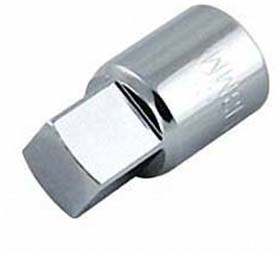
(2).jpg)
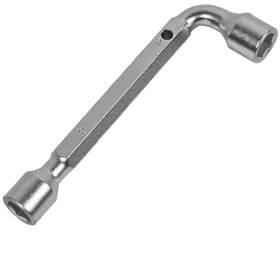
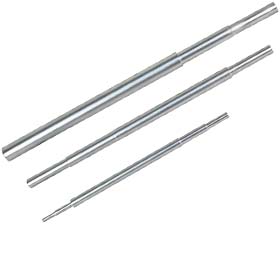
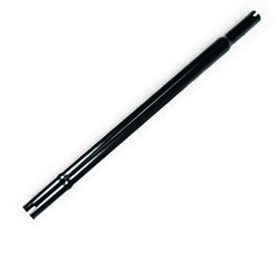
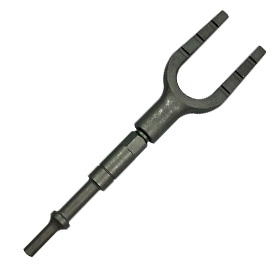



.jpg)


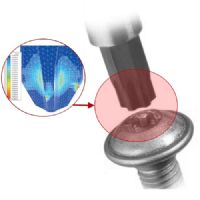

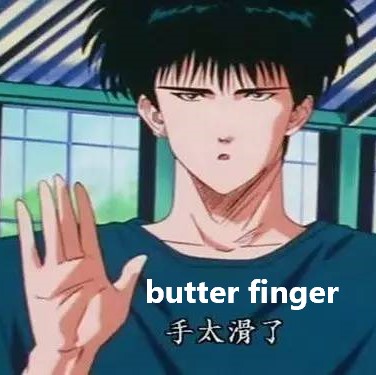
.jpg)

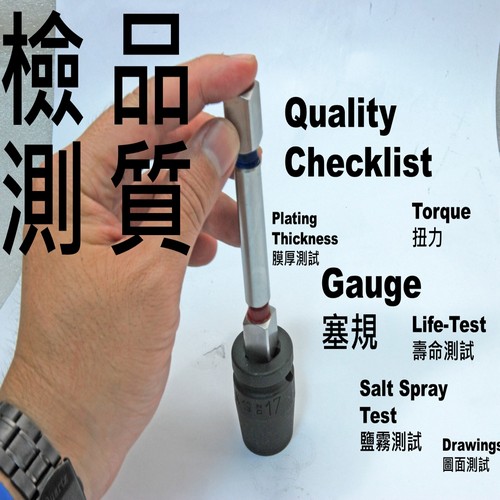
![Story in Tokyo DIY Show [Site Photos]](jpg/img_9495%20500x500.jpg)
![Brutal Test: Socket Salt Spray Testing 48-Hours [Video]](jpg/salt%20spray%20test(1).jpg)
![A look inside the Great Tool Catalog [PDF Free Download]](jpg/why_catalog_important_cr.jpg)
.jpg)

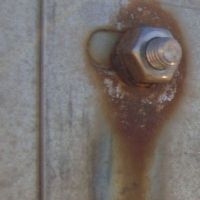


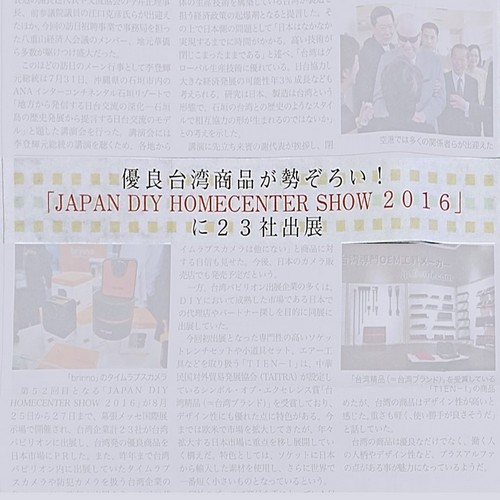
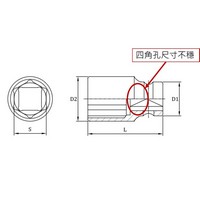
.jpg)
.jpg)
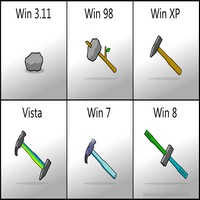
.png)
.jpg)
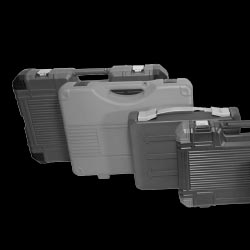

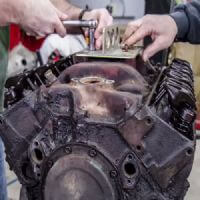
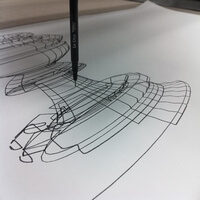
.jpg)
.jpg)

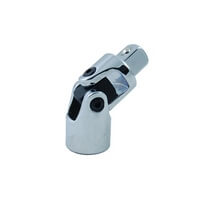

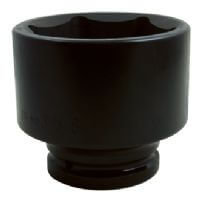
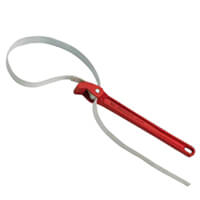
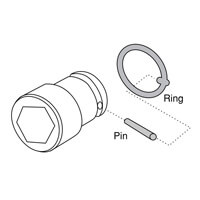
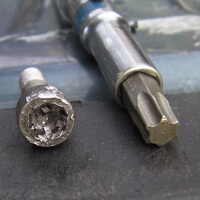
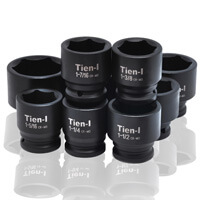
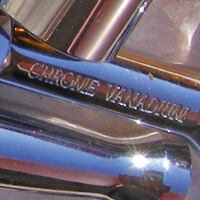
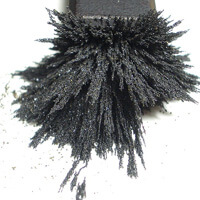
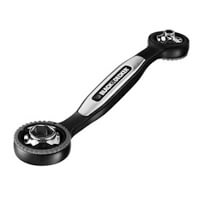
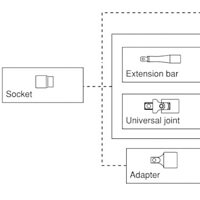
.jpg)